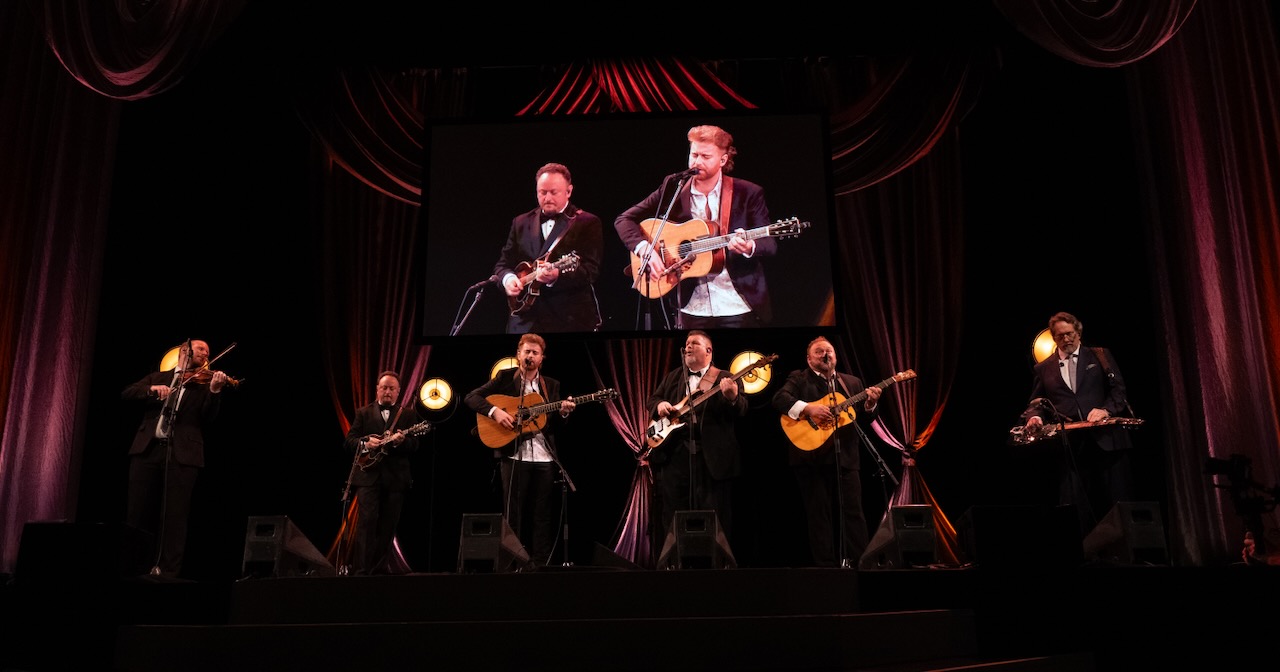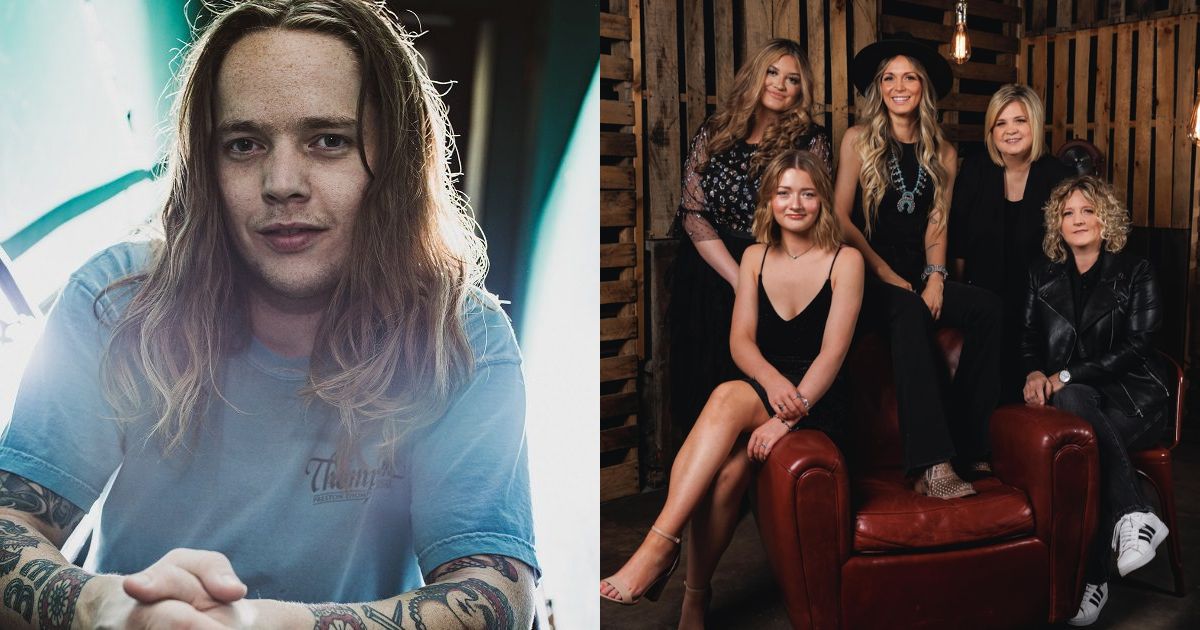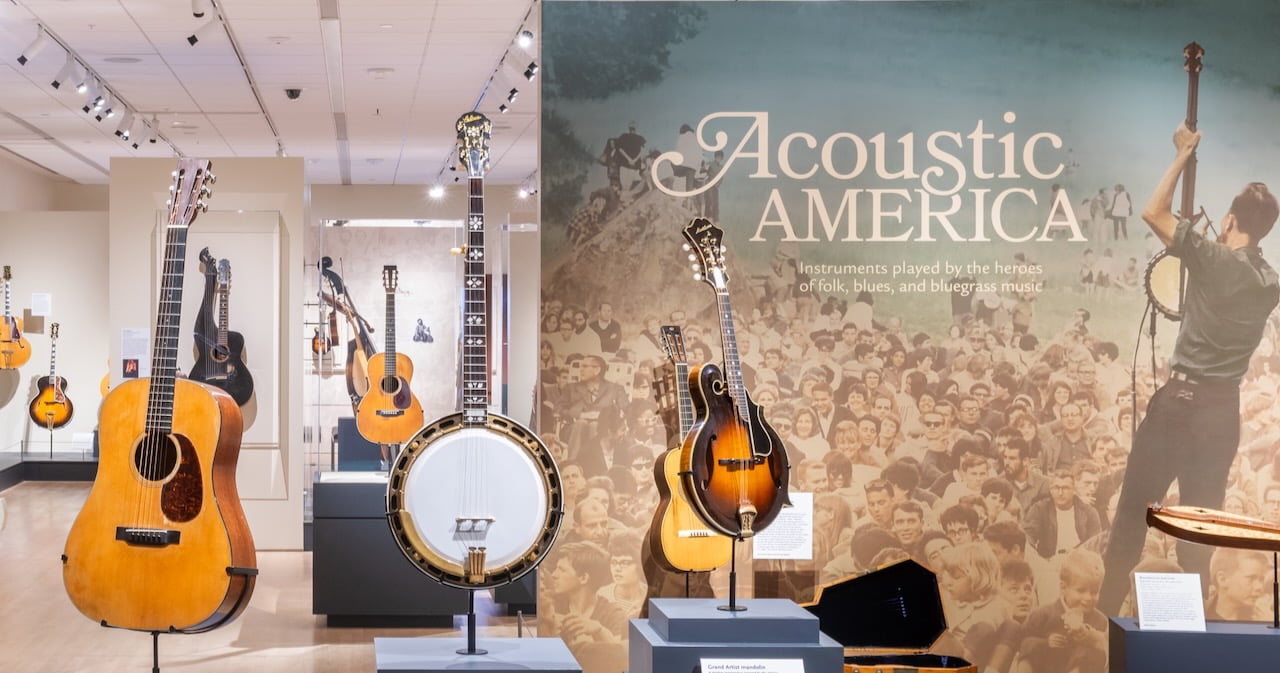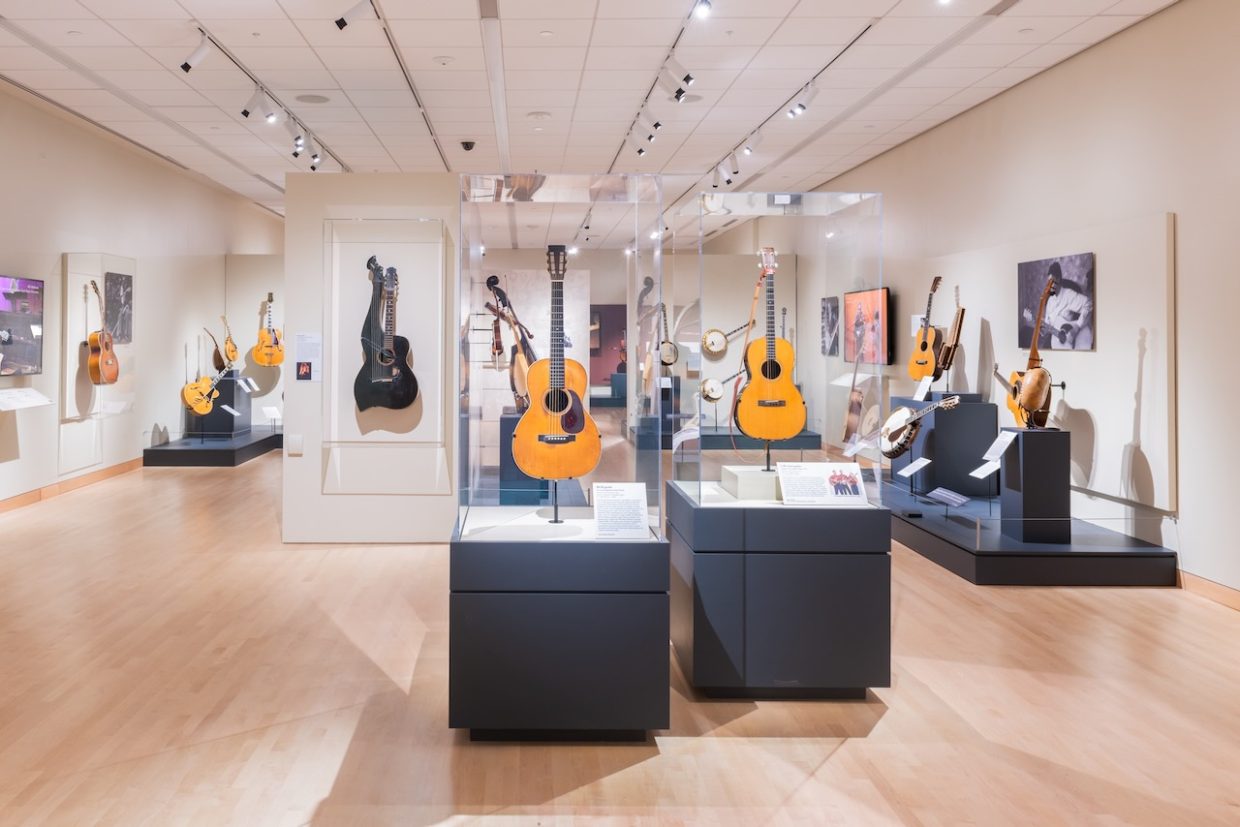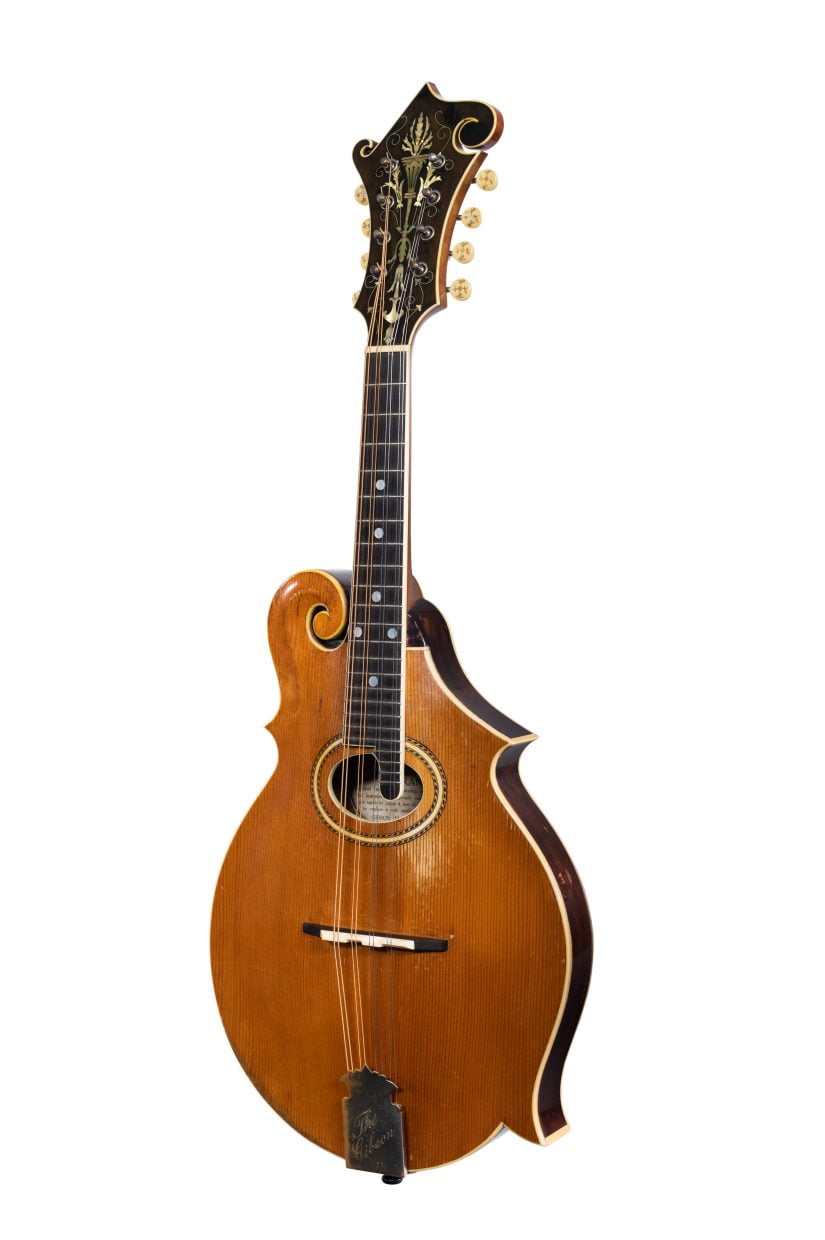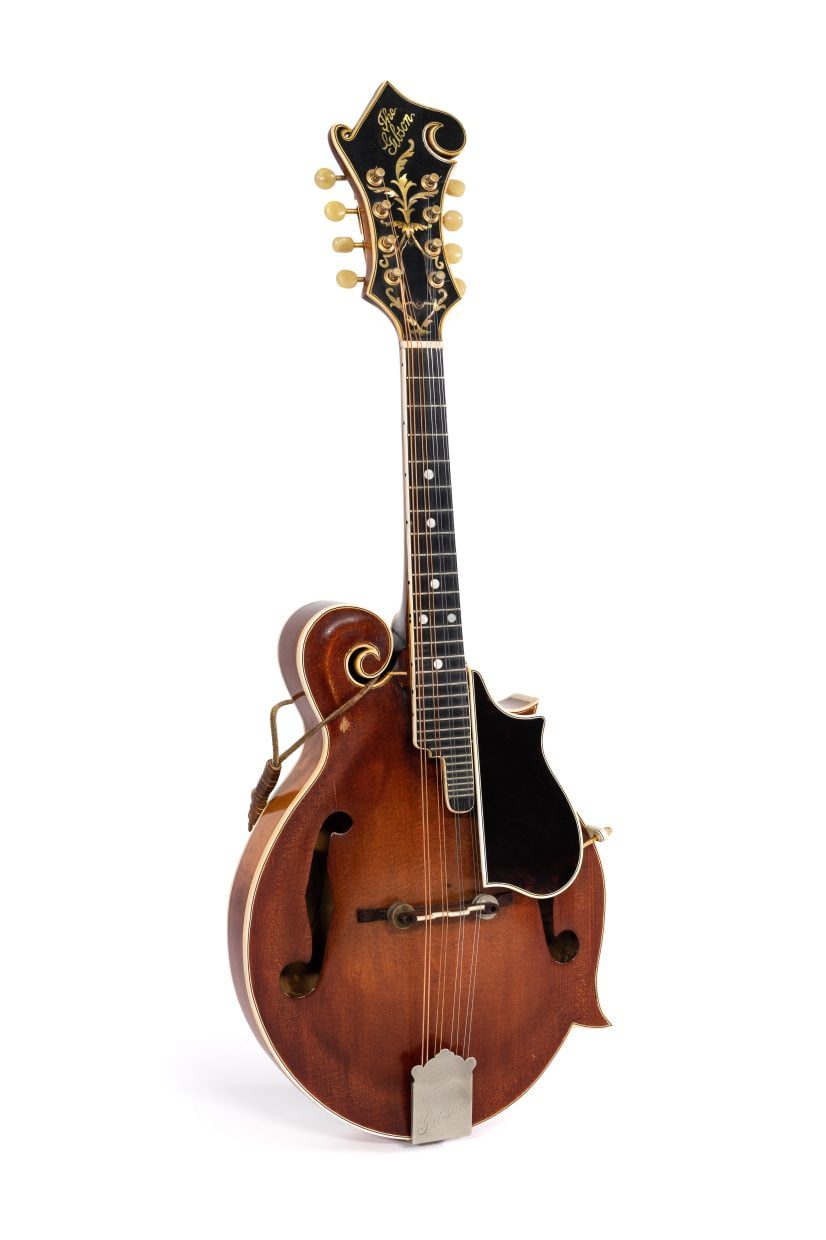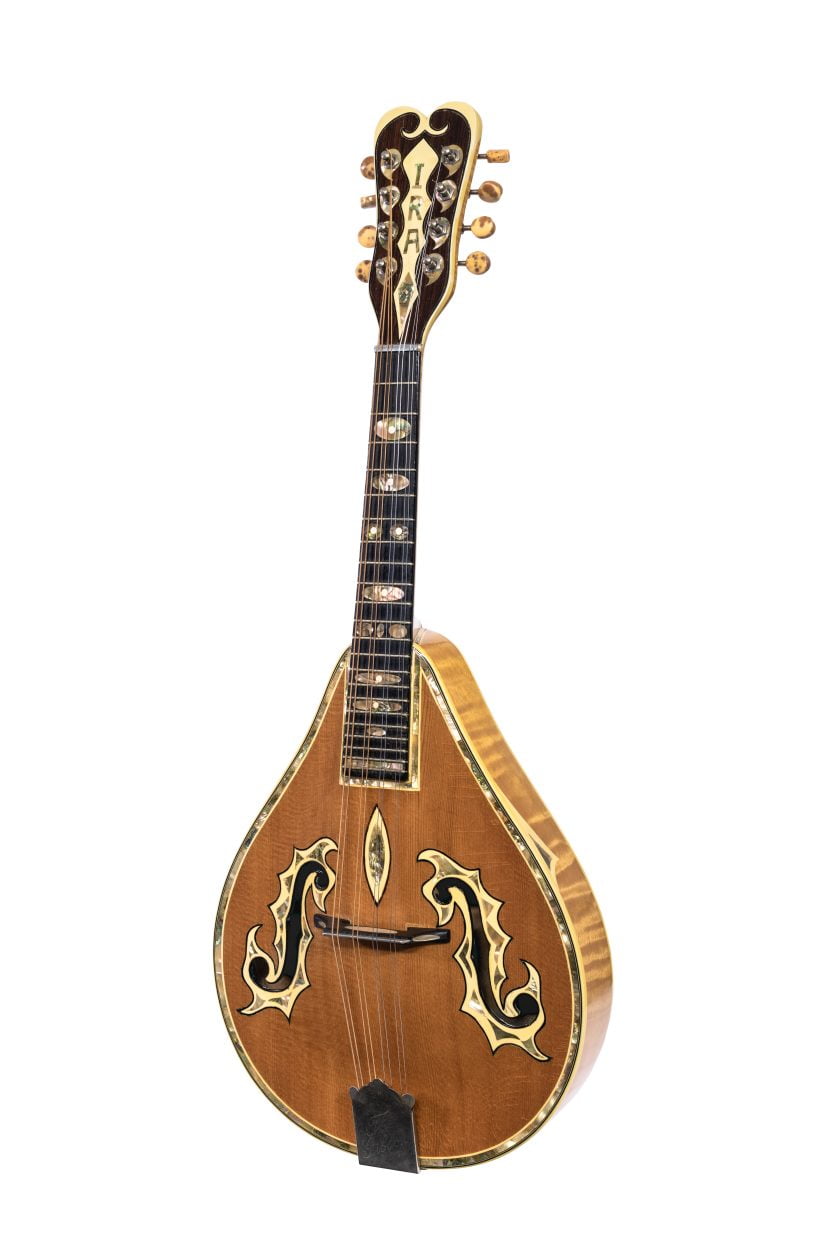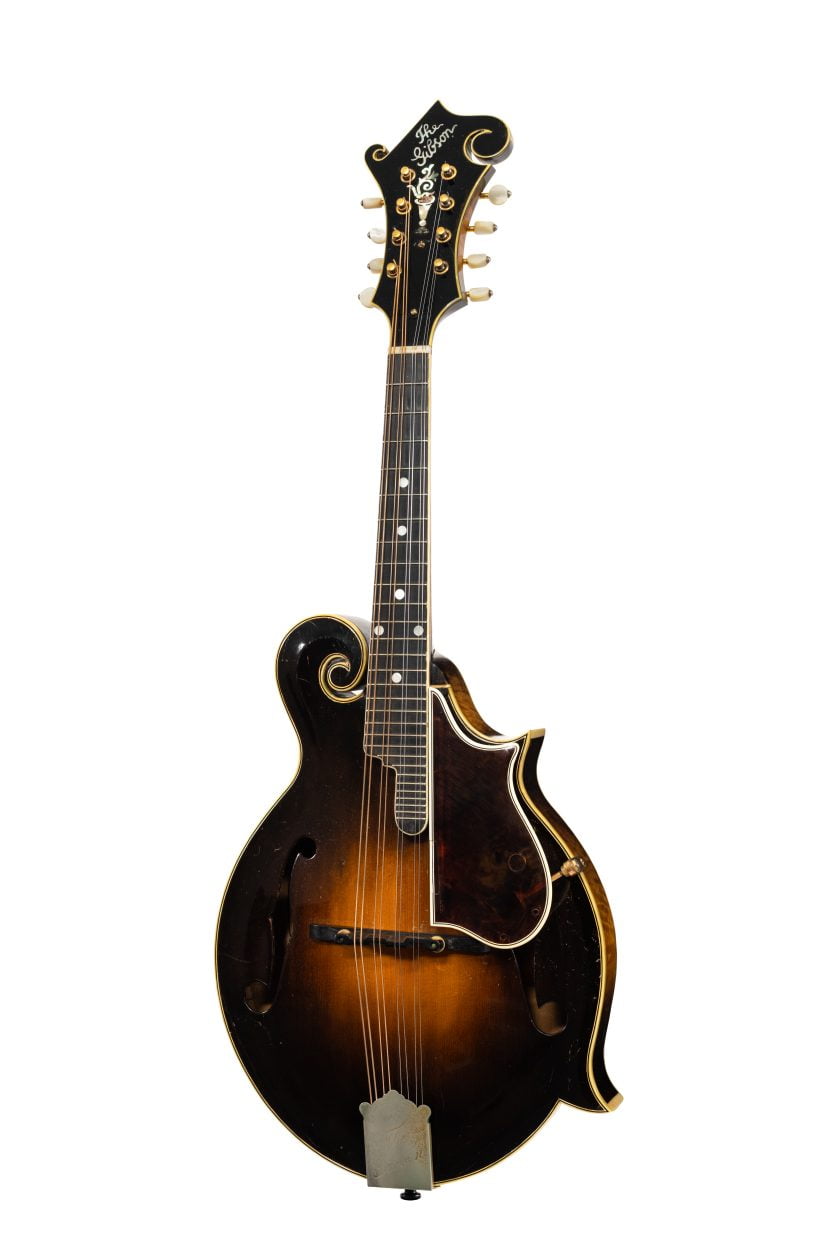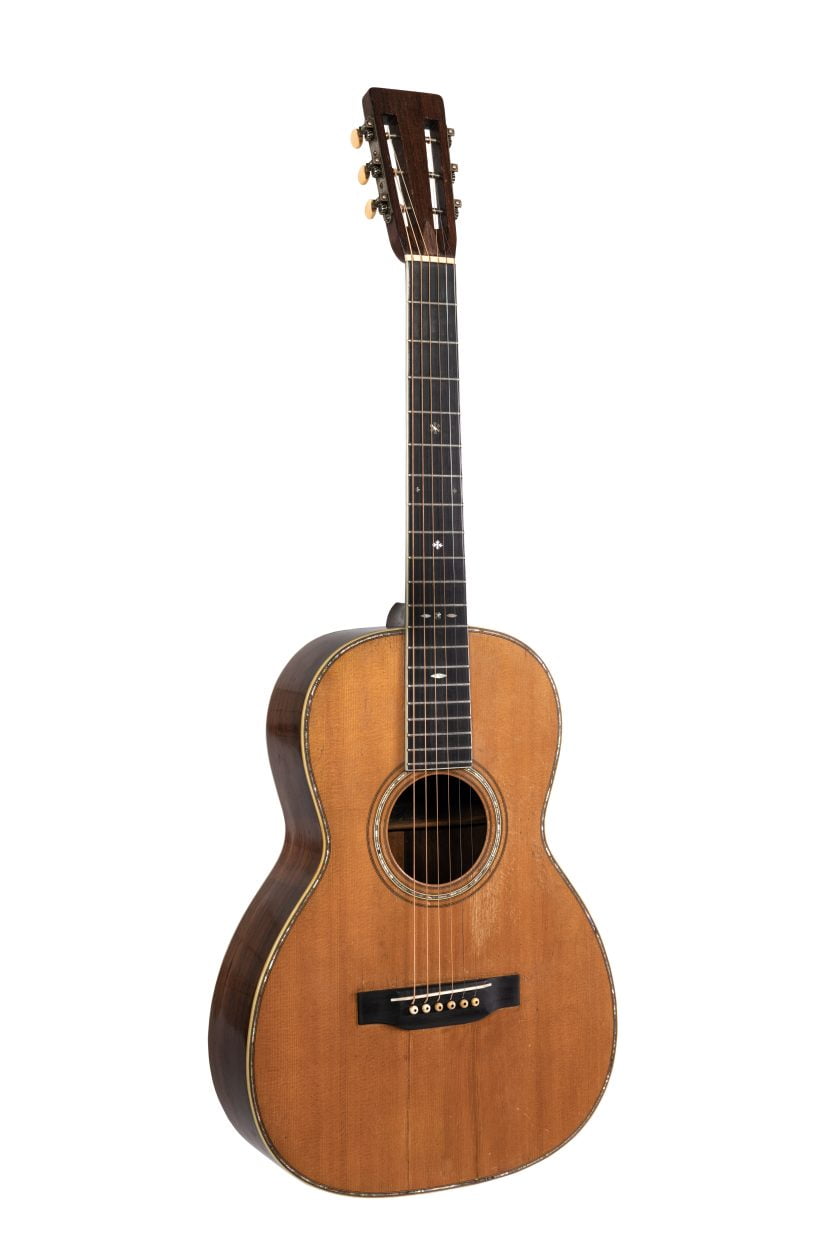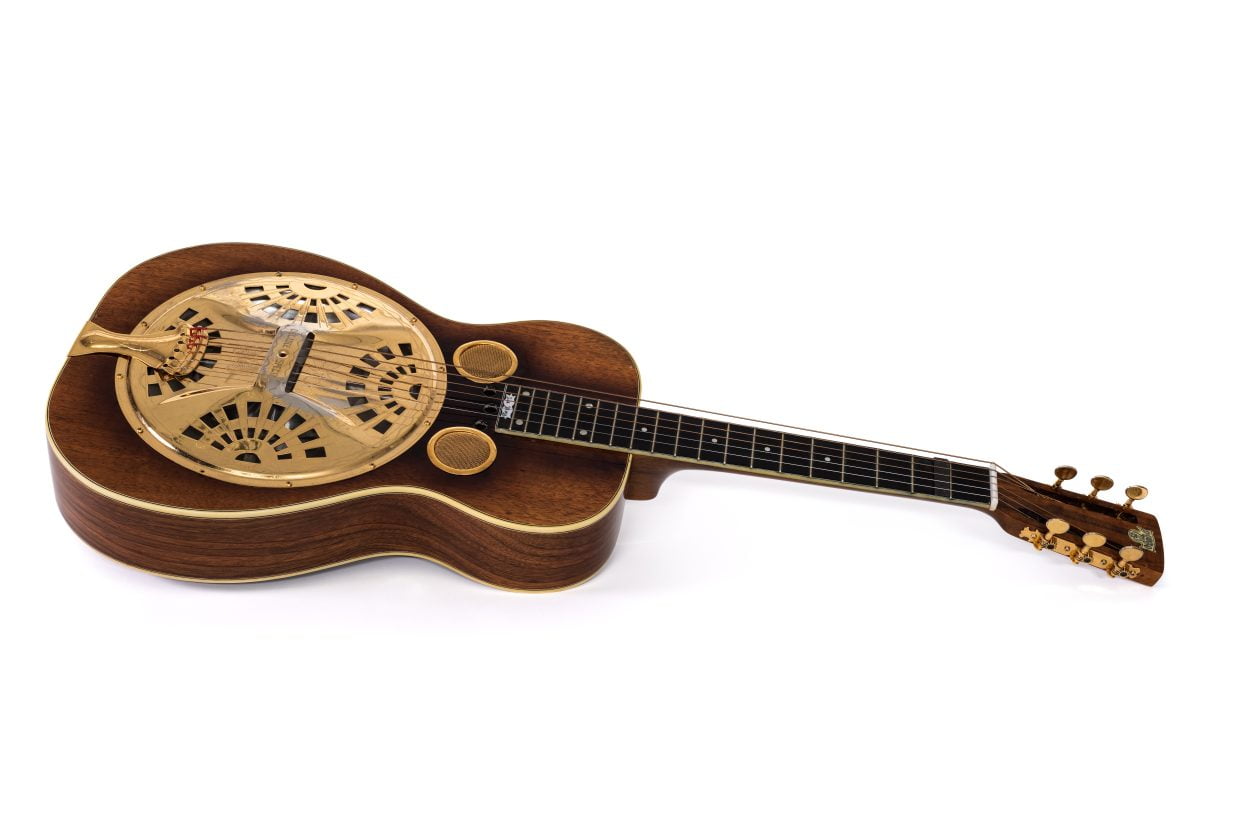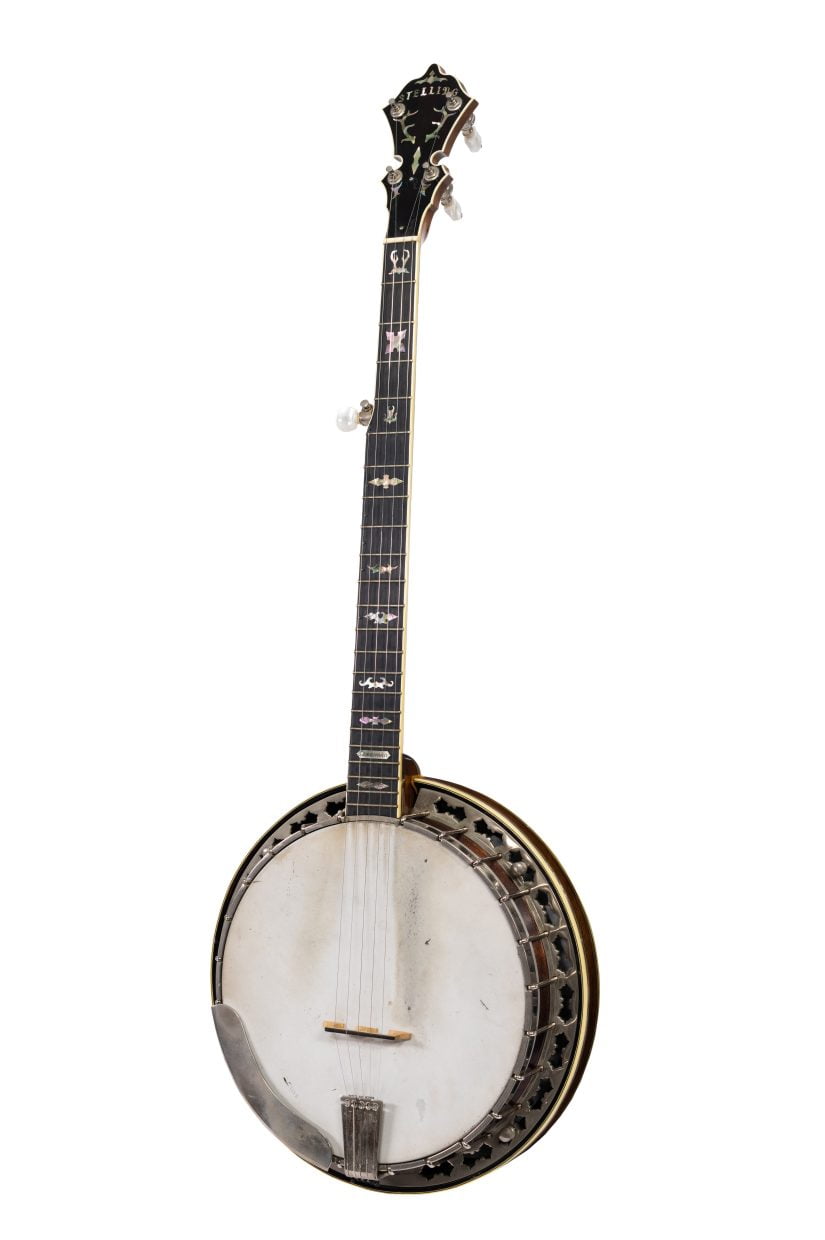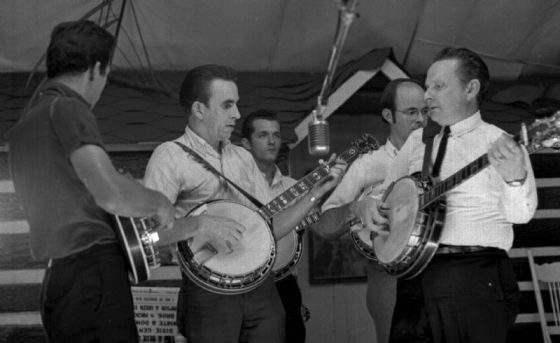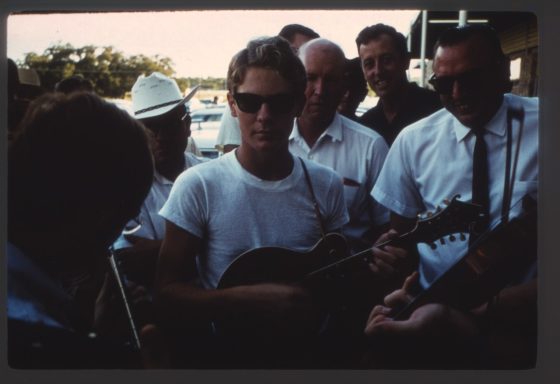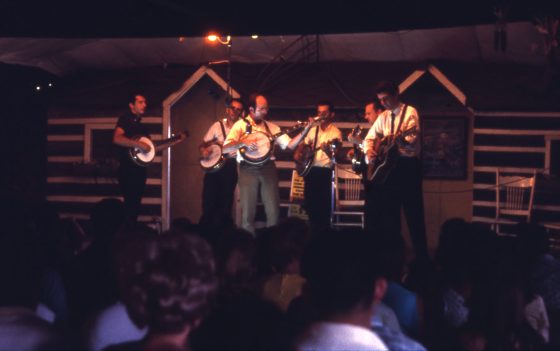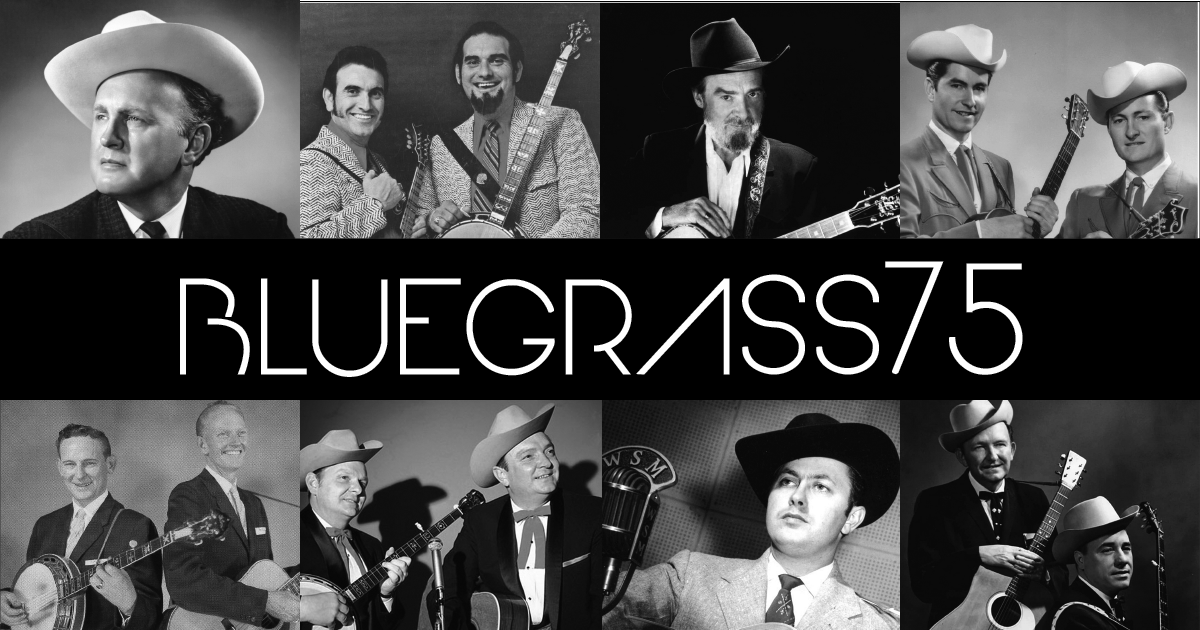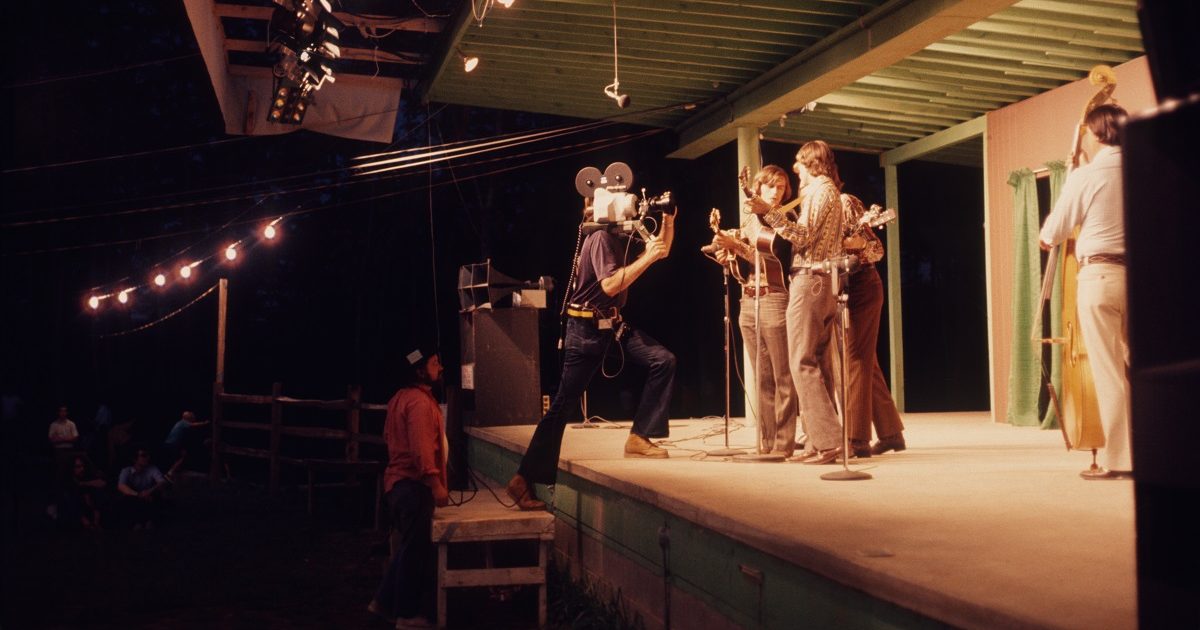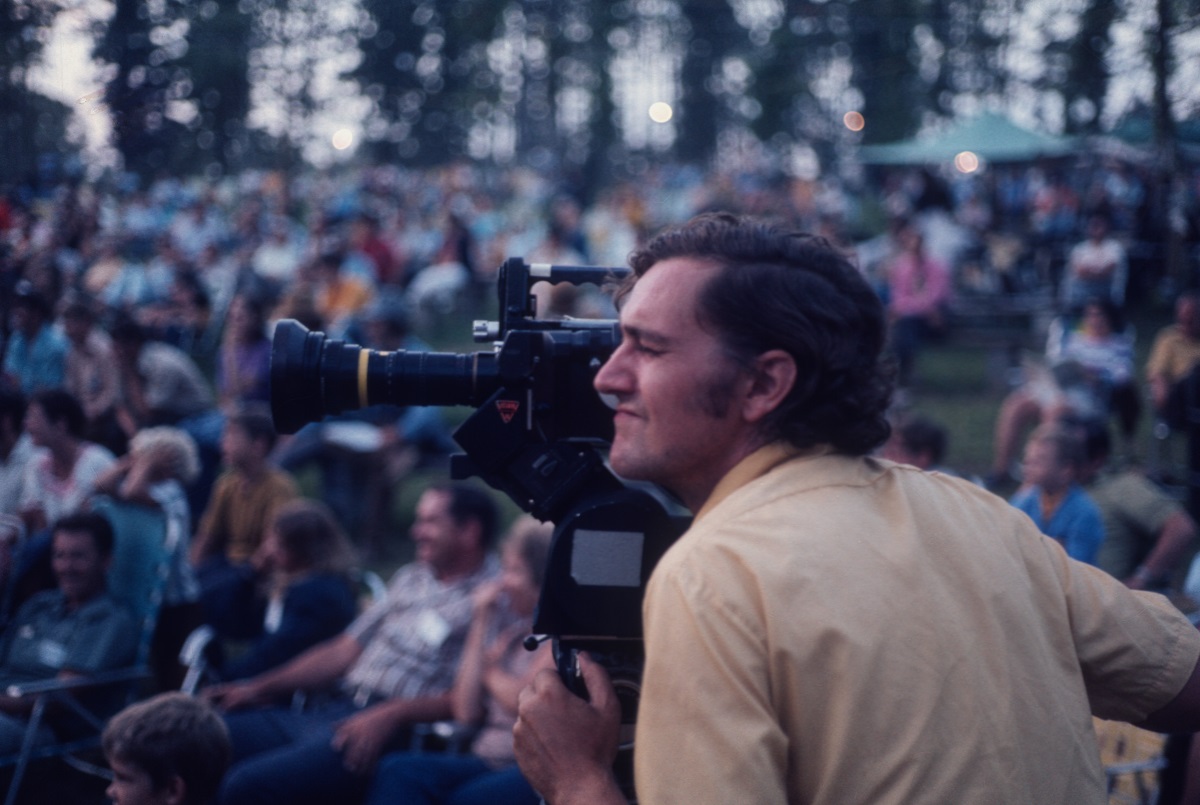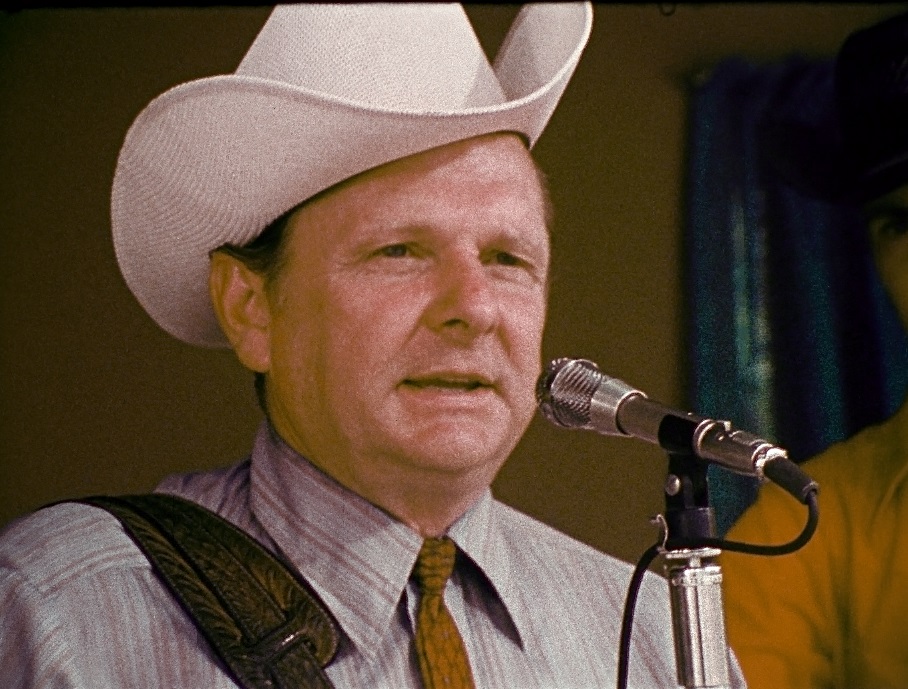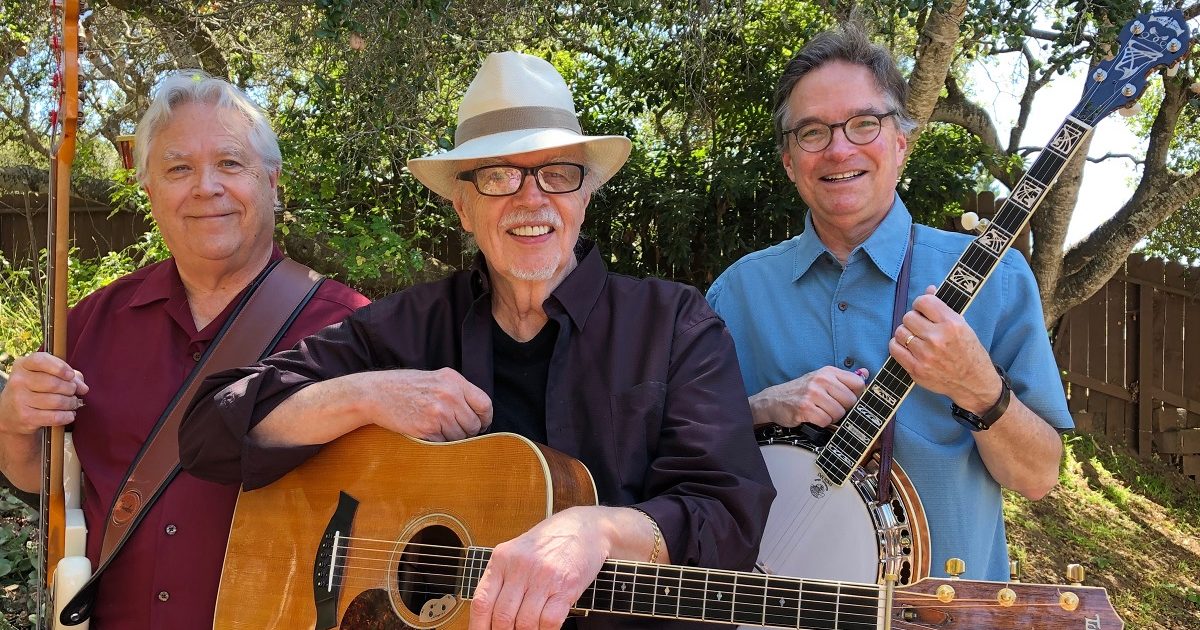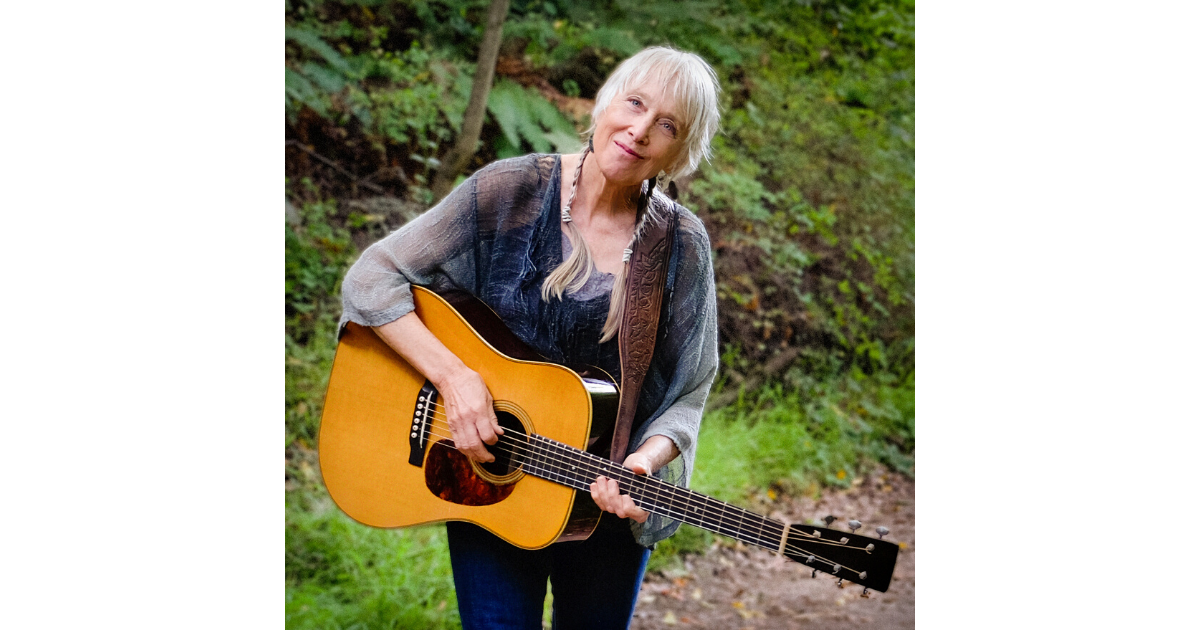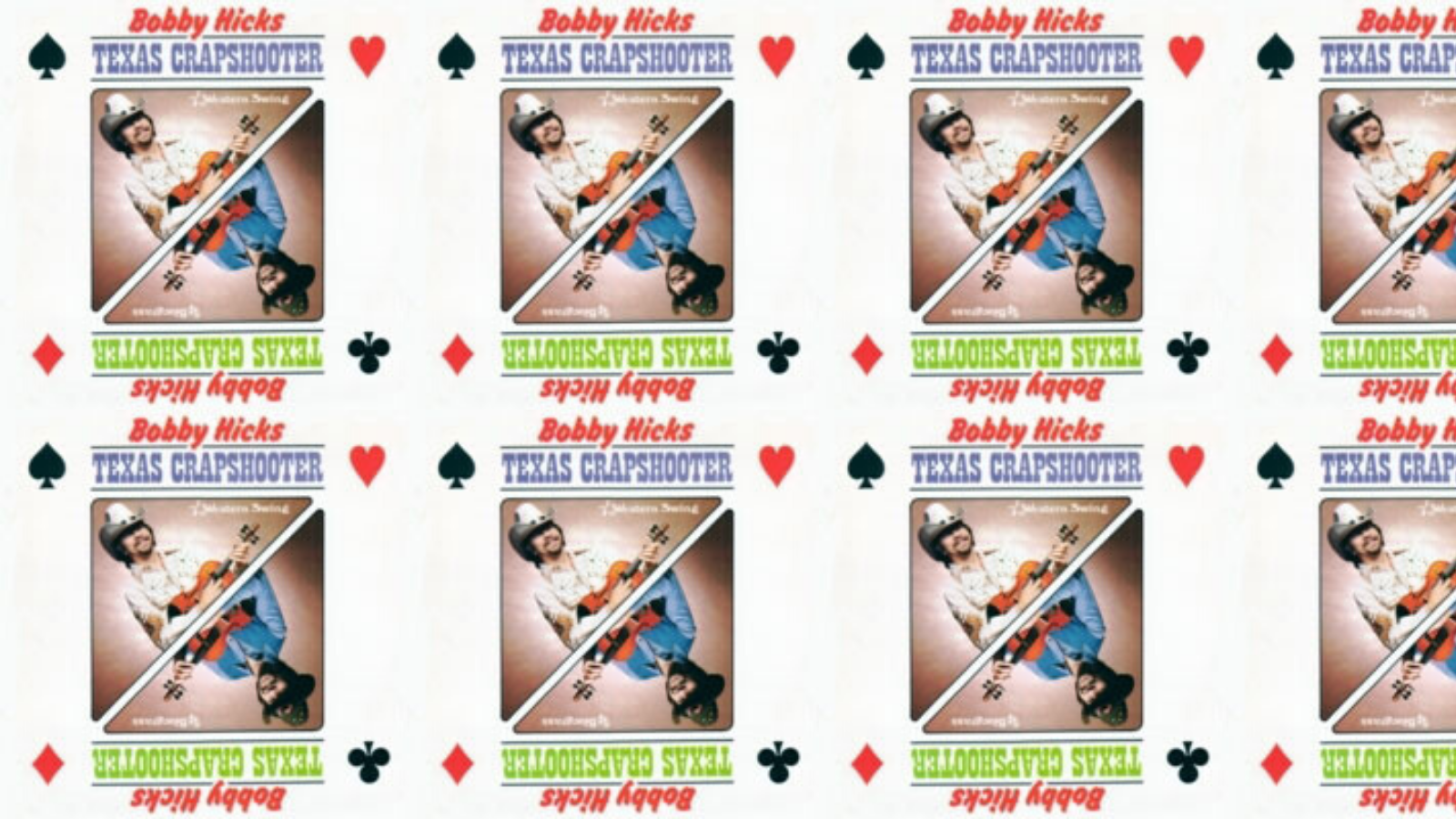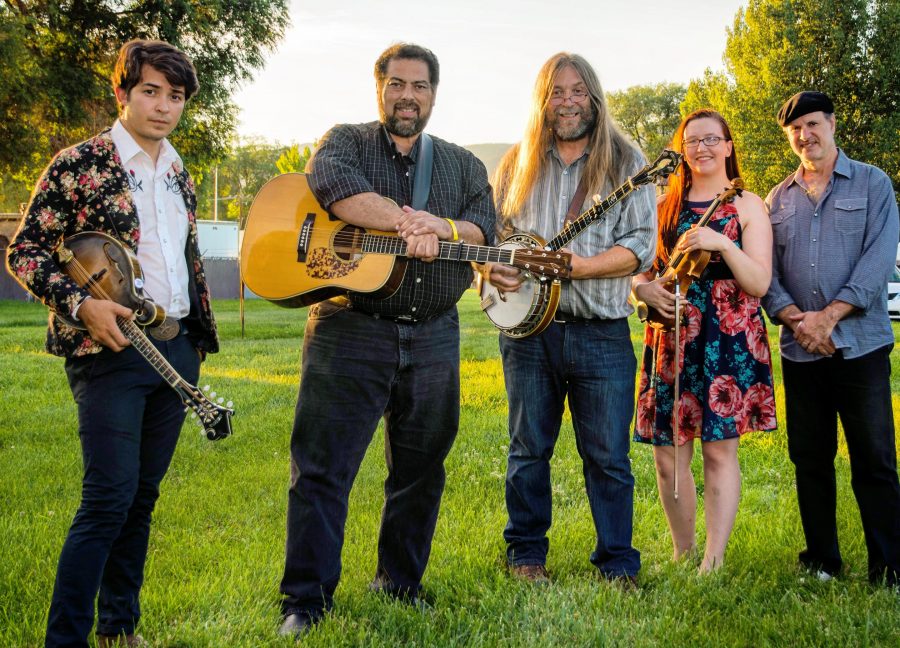Last night, the International Bluegrass Music Association announced the winners of their 35th Annual Bluegrass Music Awards in Raleigh, North Carolina, the final awards show held in Raleigh before IBMA’s move to Chattanooga, Tennessee next year. The star-studded, three-hour awards show was hosted by bassists John Cowan and Missy Raines and featured performances by many nominees and featured special guests and collaborations.
Billy Strings, Sister Sadie, Authentic Unlimited, and Molly Tuttle & Golden Highway lead the nominations going into the evening. Authentic Unlimited walked away with the most trophies, with the group as a whole landing three awards – including a tie for Music Video of the Year with Special Consensus. Molly Tuttle & Golden Highway took home the honor for Album of the Year, while Billy Strings’ sole win of the night was for his feature on Tony Trischka’s collaborative Earl Jam track, “Brown’s Ferry Blues.”
Also honored during the event were this year’s Bluegrass Music Hall of Fame inductees. Entered into the Hall of Fame – the highest honor awarded by IBMA and its membership – were Jerry Douglas, Katy Daley, and Alan Munde.
Find the full list of winners and recipients of this year’s IBMA Awards below. Congratulations to all of the nominees, bands, artists, labels, and industry stakeholders represented at this year’s awards.
ENTERTAINER OF THE YEAR
Billy Strings
Molly Tuttle & Golden Highway
Del McCoury Band
Sister Sadie
The Po’ Ramblin’ Boys
VOCAL GROUP OF THE YEAR
Authentic Unlimited
Sister Sadie
Blue Highway
Del McCoury Band
Molly Tuttle & Golden Highway
INSTRUMENTAL GROUP OF THE YEAR
Billy Strings
Michael Cleveland & Flamekeeper
Travelin’ McCourys
East Nash Grass
Molly Tuttle & Golden Highway
SONG OF THE YEAR
“Fall in Tennessee” – Authentic Unlimited
Songwriters: John Meador/Bob Minner
Producer: Authentic Unlimited
Label: Billy Blue Records
“Willow” – Sister Sadie
Songwriter: Ashley McBryde
Producer: Sister Sadie
Label: Mountain Home
“Too Lonely, Way Too Long” – Rick Faris with Del McCoury
Songwriter: Rick Faris
Producer: Stephen Mougin
Label: Dark Shadow Recording
“Forever Young” – Daniel Grindstaff with Paul Brewster & Dolly Parton
Songwriters: Jim Cregan/Kevin Savigar/Bob Dylan/Rod Stewart
Producer: Daniel Grindstaff
Label: Bonfire Music Group
“Kentucky Gold” – Dale Ann Bradley with Sam Bush
Songwriters: Wayne Carson/Ronnie Reno
Producer: Dale Ann Bradley
Label: Pinecastle
ALBUM OF THE YEAR
City of Gold – Molly Tuttle & Golden Highway
Producers: Jerry Douglas/Molly Tuttle
Label: Nonesuch
Last Chance to Win – East Nash Grass
Producer: East Nash Grass
Label: Mountain Fever
Jubilation – Appalachian Road Show
Producer: Appalachian Road Show
Label: Billy Blue Records
No Fear – Sister Sadie
Producer: Sister Sadie
Label: Mountain Home
So Much for Forever – Authentic Unlimited
Producer: Authentic Unlimited
Label: Billy Blue Records
GOSPEL RECORDING OF THE YEAR
“When I Get There” – Russell Moore & IIIrd Tyme Out
Songwriter: Michael Feagan
Producer: Russell Moore & IIIrd Tyme Out
Label: Independent
“Thank You Lord for Grace” – Authentic Unlimited
Songwriter: Jerry Cole
Producer: Authentic Unlimited
Label: Billy Blue Records
“Just Beyond” – Barry Abernathy with John Meador, Tim Raybon, Bradley Walker
Songwriters: Rick Lang/Mike Richards/Windi Robinson
Producer: Jerry Salley
Label: Billy Blue Records
“God Already Has” – Dale Ann Bradley
Songwriter: Mark “Brink” Brinkman/David Stewart
Producer: Dale Ann Bradley
Label: Pinecastle
“Memories of Home” – Authentic Unlimited
Songwriter: Jerry Cole
Producer: Authentic Unlimited
Label: Billy Blue Records
INSTRUMENTAL RECORDING OF THE YEAR
“Rhapsody in Blue(grass)” – Béla Fleck
Songwriter: George Gershwin arr. Ferde Grofé/Béla Fleck
Producer: Béla Fleck
Label: Béla Fleck Productions/Thirty Tigers
“Knee Deep in Bluegrass” – Ashby Frank
Songwriter: Terry Baucom
Producer: Ashby Frank
Label: Mountain Home
“Panhandle Country” – Missy Raines & Allegheny
Songwriter: Bill Monroe
Producer: Alison Brown
Label: Compass Records
“Lloyd’s of Lubbock” – Alan Munde
Songwriter: Alan Munde
Producer: Billy Bright
Label: Patuxent
“Behind the 8 Ball” – Andy Leftwich
Songwriter: Andy Leftwich
Producer: Andy Leftwich
Label: Mountain Home
NEW ARTIST OF THE YEAR
East Nash Grass
Bronwyn Keith-Hynes
AJ Lee & Blue Summit
Wyatt Ellis
The Kody Norris Show
COLLABORATIVE RECORDING OF THE YEAR
“Brown’s Ferry Blues” – Tony Trischka featuring Billy Strings
Songwriters: Alton Delmore/Rabon Delmore
Producer: Béla Fleck
Label: Down the Road
“Fall in Tennessee” – Authentic Unlimited with Jerry Douglas
Songwriters: John Meador/Bob Minner
Producer: Authentic Unlimited
Label: Billy Blue Records
“Forever Young” – Daniel Grindstaff with Paul Brewster, Dolly Parton
Songwriters: Jim Cregan/Kevin Savigar/Bob Dylan/Rod Stewart
Producer: Daniel Grindstaff
Label: Bonfire Music Group
“Bluegrass Radio” – Alison Brown and Steve Martin
Songwriters: Steve Martin/Alison Brown
Producers: Alison Brown/Garry West
Label: Compass Records
“Too Old to Die Young” – Bobby Osborne and CJ Lewandowski
Songwriters: Scott Dooley/John Hadley/Kevin Welch
Producer: CJ Lewandowski
Label: Turnberry Records
MALE VOCALIST OF THE YEAR
Dan Tyminski
Greg Blake
Del McCoury
Danny Paisley
Russell Moore
FEMALE VOCALIST OF THE YEAR
Molly Tuttle
Jaelee Roberts
Dale Ann Bradley
AJ Lee
Rhonda Vincent
BANJO PLAYER OF THE YEAR
Kristin Scott Benson
Gena Britt
Alison Brown
Béla Fleck
Rob McCoury
BASS PLAYER OF THE YEAR
Missy Raines
Mike Bub
Vickie Vaughn
Todd Phillips
Mark Schatz
FIDDLE PLAYER OF THE YEAR
Jason Carter
Bronwyn Keith-Hynes
Michael Cleveland
Stuart Duncan
Deanie Richardson
RESOPHONIC GUITAR PLAYER OF THE YEAR
Justin Moses
Rob Ickes
Jerry Douglas
Andy Hall
Gaven Largent
GUITAR PLAYER OF THE YEAR
Billy Strings
Molly Tuttle
Trey Hensley
Bryan Sutton
Cody Kilby
MANDOLIN PLAYER OF THE YEAR
Sierra Hull
Sam Bush
Ronnie McCoury
Jesse Brock
Alan Bibey
MUSIC VIDEO OF THE YEAR
“Willow” – Sister Sadie
Label: Mountain Home
“Fall in Tennessee” – Authentic Unlimited
Label: Billy Blue Records (TIE)
“The City of New Orleans” – Rhonda Vincent & The Rage
Label: Upper Management Music
“I Call Her Sunshine” – The Kody Norris Show
Label: Rebel Records
“Alberta Bound” – Special Consensus with Ray Legere, John Reischman, Patrick Sauber, Trisha Gagnon, Pharis & Jason Romero, and Claire Lynch
Label: Compass Records (TIE)
BLUEGRASS MUSIC HALL OF FAME INDUCTEES
Alan Munde
Jerry Douglas
Katy Daley
DISTINGUISHED ACHIEVEMENT AWARD RECIPIENTS
Cindy Baucom
Laurie Lewis
Richard Hurst
ArtistWorks
Bloomin’ Bluegrass Festival
Photo Credit: Authentic Unlimited with special guest Jerry Douglas perform at the IBMA Awards show. Shot by Dan Schram.
